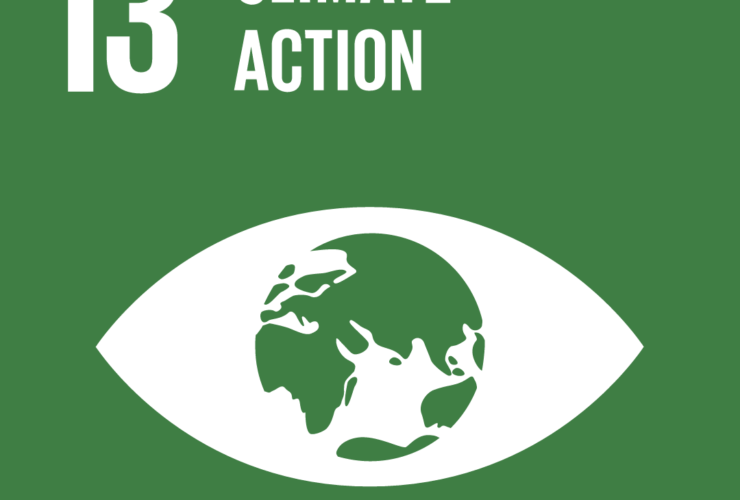Why proposed coal power plant is white elephant in the making
I like it when I see political contestants making solid, informed critical comments on economic and public policy.
I think it also makes smart politics, especially as people are becoming more and more discerning about such prevailing issues.
In this context, Nasa co-principal Kalonzo Musyoka’s comments in Lamu the other day on the proposed coal and power plant are welcome.
The overall potential negative impact this proposed plant could have on the town and the region is, in my humble opinion, underestimated and equally understated.
This is especially so by the parties that have a vested interest in this huge $2 billion (Sh206 billion) project.
WHITE ELEPHANT
It is a white elephant of mega proportions and if constructed, could go down as the biggest the country has ever had.
First, let me examine Mr Musyoka’s remarks a little. He dealt largely with the environmental and health aspects of such a project.
That is fair comment albeit only one side of the argument.
A mega proposal of this kind so close to the precious and venerable Lamu Town is bound to have a major overall negative effect on the town and the region.
Such plants increase the risk of pollution and damage to human health, especially if the safety hazards are inadequate.
We are promised they are going to be adequate, but seeing is believing.
GIVING JOBS
I do not buy the argument about giving lots of jobs, especially to the unemployed people of Lamu County.
First, it is on record that it will employ a lot of Chinese to both construct and run it.
Secondly, it will require a substantial amount of skilled labour that will be brought in from around the country.
The reason is simply that it is not available in the region.
That dilutes the jobs argument and puts it in perspective. Let us put it another way.
WASTE OF MONEY
For a fraction of the money being proposed for the project, one could create a number of extra jobs in agriculture and related activities as well as in tourism and other services.
The size and cost of the project is colossal, but from the facts available, this is going to be a massive waste of money.
Let us go to the energy supply and demand equation. Yes, we have had major supply shortfalls in the past.
But we have largely overcome that to the extent we have enough energy supply available and coming on stream that meets our energy demand for the next 15 years.
This projection is based on a realistic estimate of an increase in demand of around 8.5 per cent per annum and a spare capacity at any one time of around 30 per cent.
BRIDGE GAPS
We have broadened our power supply mix to include geothermal, wind, as well as hydro, and have lessened our dependence on oil- and diesel-based thermal to bridge those gaps.
At times resorting to the latter has pushed up the cost of our energy significantly.
These projections exclude the Lamu plant, which will only create a glut in supply.
There are two other issues. One is that such a plant would require considerable investment in transmission lines because the demand in the area is fractional.
IMPORTING COAL
The second is that it would be dependent on imported coal. Aside from the fact that we would be importing considerable quantities of coal to fuel there is increasing controversy over the use of coal.
Countries around the world are reducing their dependence on this fossil fuel. Britain will cease using any coal for power generation by 2025.
India, long a stalwart on coal-fired energy, is making strides in reducing its dependence.
Conversely, Kenya is doing the opposite. This is an irony, especially in light of President Uhuru Kenyatta’s recent speech calling for more investment in green energy.
Preliminary work has not reached sinking any serious money into the project yet, although land has been bought.
The government has an opportunity to nip this white elephant in the bud and claim credit for the humility in re-assessing its value and potential lack of it.
By Robert Shaw, Daily Nation


